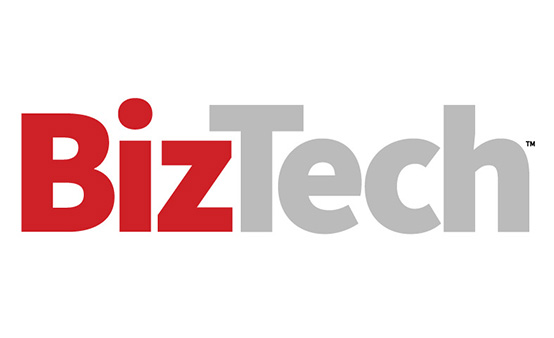BIZTECH: What should organizations be most concerned with over the next three to five years in terms of security?
PATEL: It’s going to be virtually impossible to handle security attacks at human scale. You’ll have to do it on a machine scale. The volume and sophistication of attacks and the surface area are just too much to deal with. So, on a machine scale, what are the things to be concerned about?
Number one, you have to be able to distinguish between legitimate activity and malicious attacks, and that’s going to get harder to do. The things in AI that create that level of familiarity, and that make it sound like us, you can use that same engine to detect something that was built by generative AI. Still, a lot of people are going to get duped because it feels like a real person talking to you.
Second, as you go into artificial general intelligence — in which the machine is supposed to be able to do anything that a human can do, including understanding human emotion, ambition and desire — that’s going to be even more tricky. We’re still several years away from that, but when that happens, it will get even more complicated.
You then tie in what happens with quantum computing: Every encryption algorithm that you have today could be broken because you can process much faster with quantum computing. And while quantum computing might be a few years away, if adversaries are collecting encrypted data and keeping it until quantum computing becomes real and then decrypting it at that time, you could have a lot of things get into the wrong hands. And that’s already starting to happen.
BIZTECH: What will the security solution marketplace look like in a few years?
PATEL: The era of point solutions in security is coming to an end. Innovation in security has always been based on patchwork solutions to threats that come up, so before you knew it, there were 3,500 vendors in the market. The average midsize customer has between 50 and 70 vendors, and enterprises probably have 150 different vendors. It’s just untenable to manage that many different companies and policy engines.
The world is moving to a platform-based approach. There will be a few platforms that will share the workload of protecting organizations. You’ll still have a few point solutions, but you’ll have a platform that has a common policy engine and design language that’s easier to use.
I think there will be maybe half a dozen platforms, and those platforms — even though they may not have all the incentive — will have to interoperate with each other. Because the real enemy is not the competitor, it’s the adversary. The industry will have to mature and say, “We’re going to interoperate with each other because that’s what keeps the bad folks out.”
EXPLORE: Improve decision-making with data services.
BIZTECH: What will drive innovation in a market with so few competitors?
PATEL: I don’t think the point solutions will go away completely, but a company will not have 70 different point solutions. It might have six or 10, and the best ones will rise to the top. I still feel like humans are creative enough that there will always be white space that needs to be solved for, and that’s not going away. But like with any market, you start with fragmentation, and that’s followed by a level of consolidation, and this is going to be no different.














